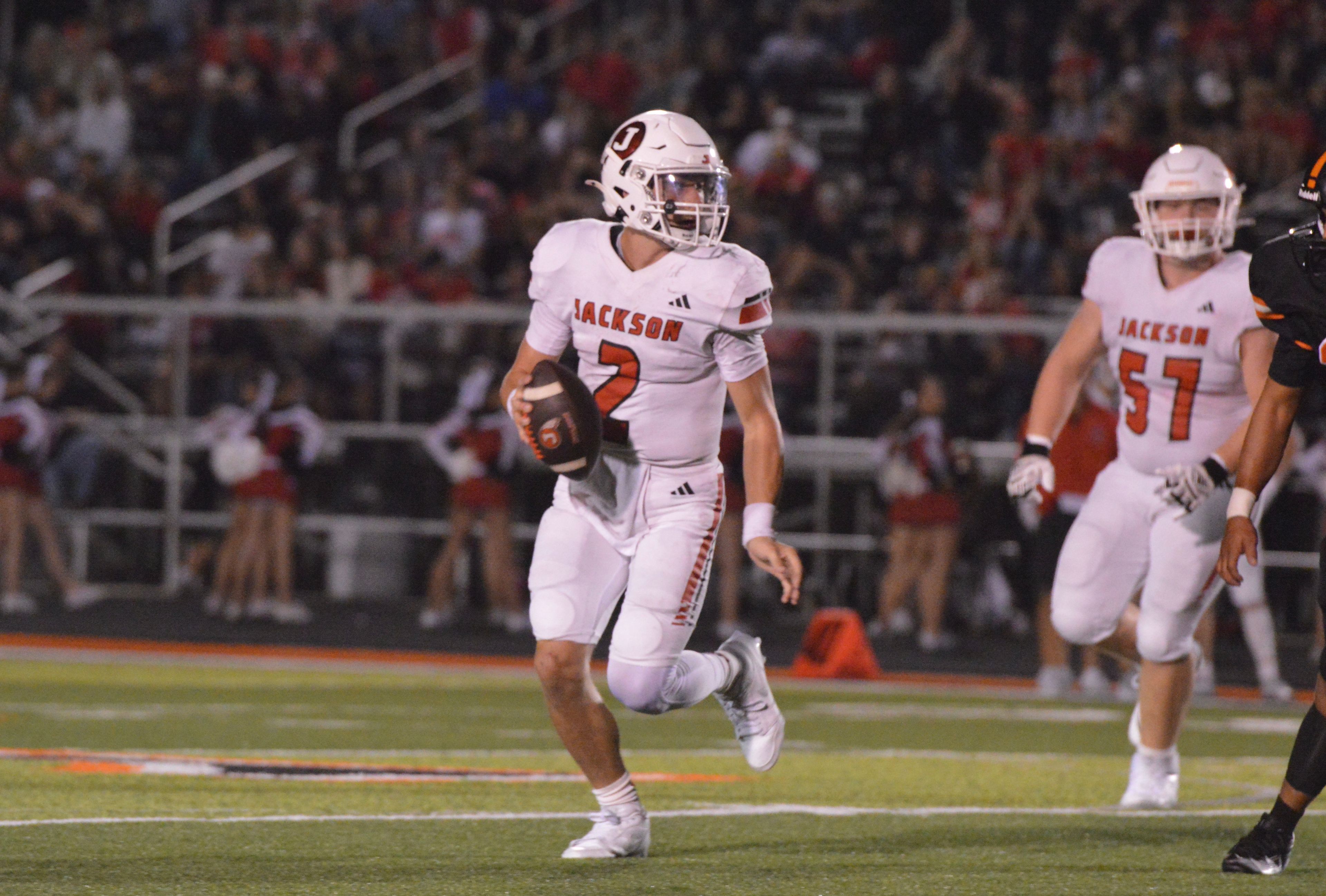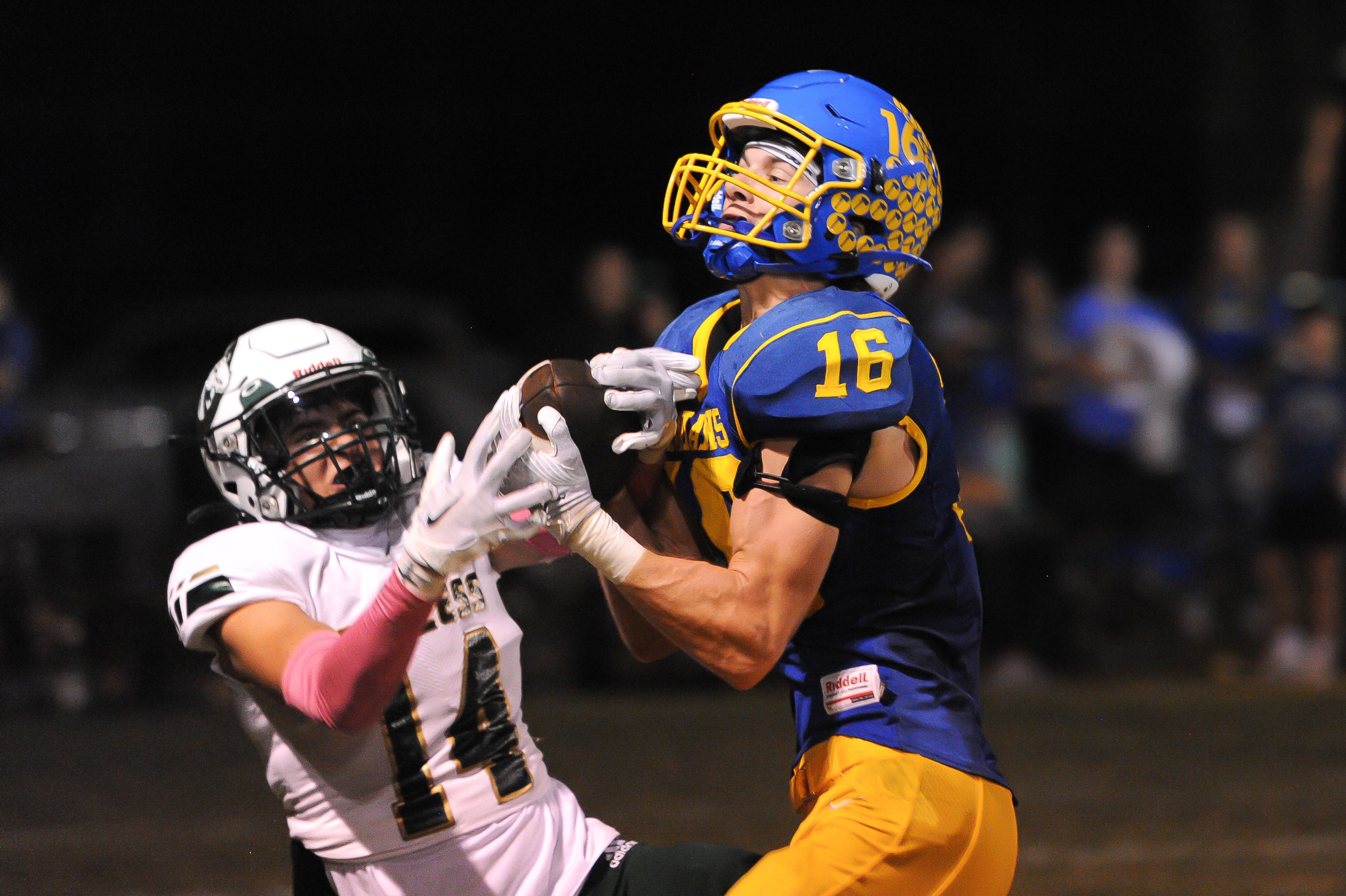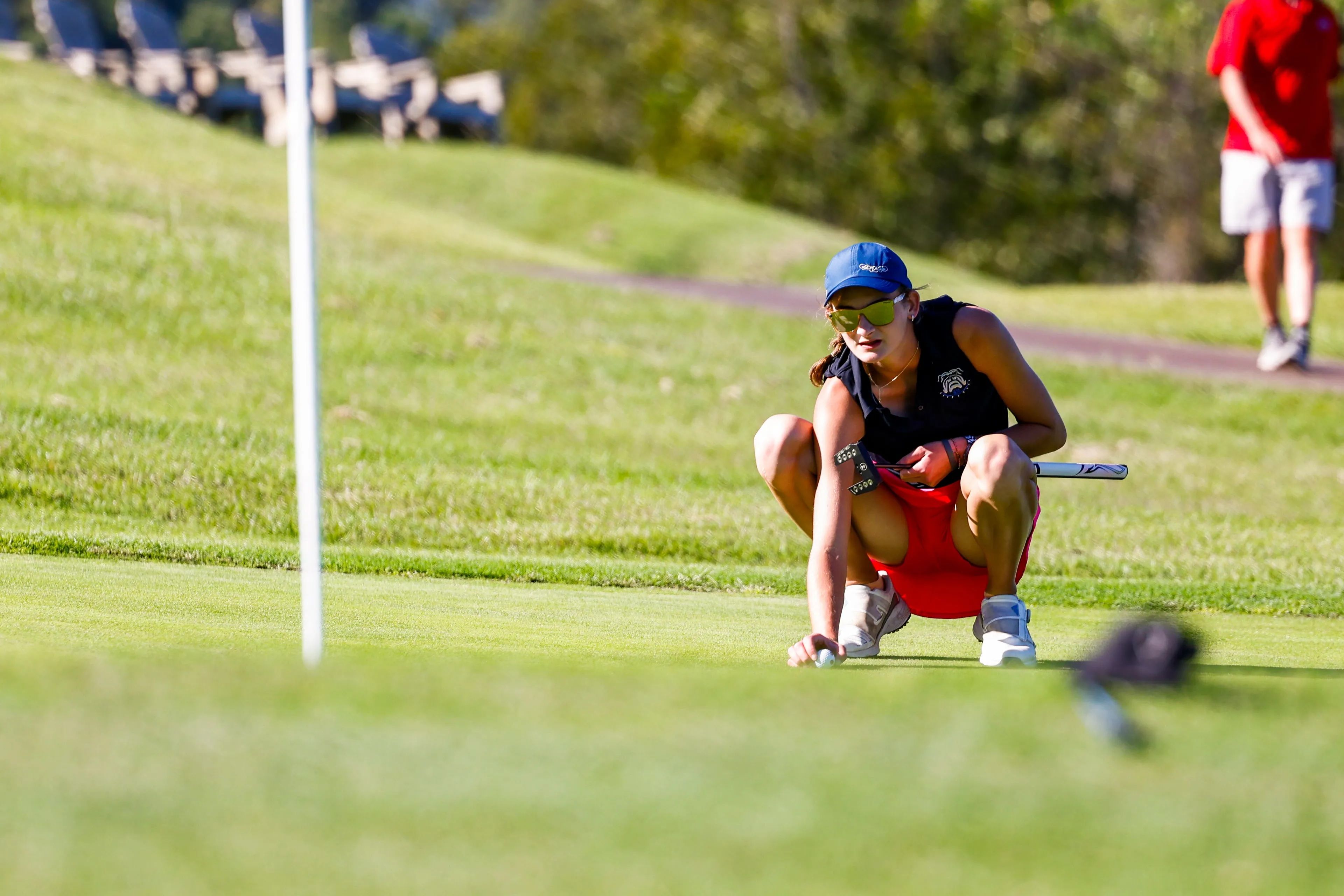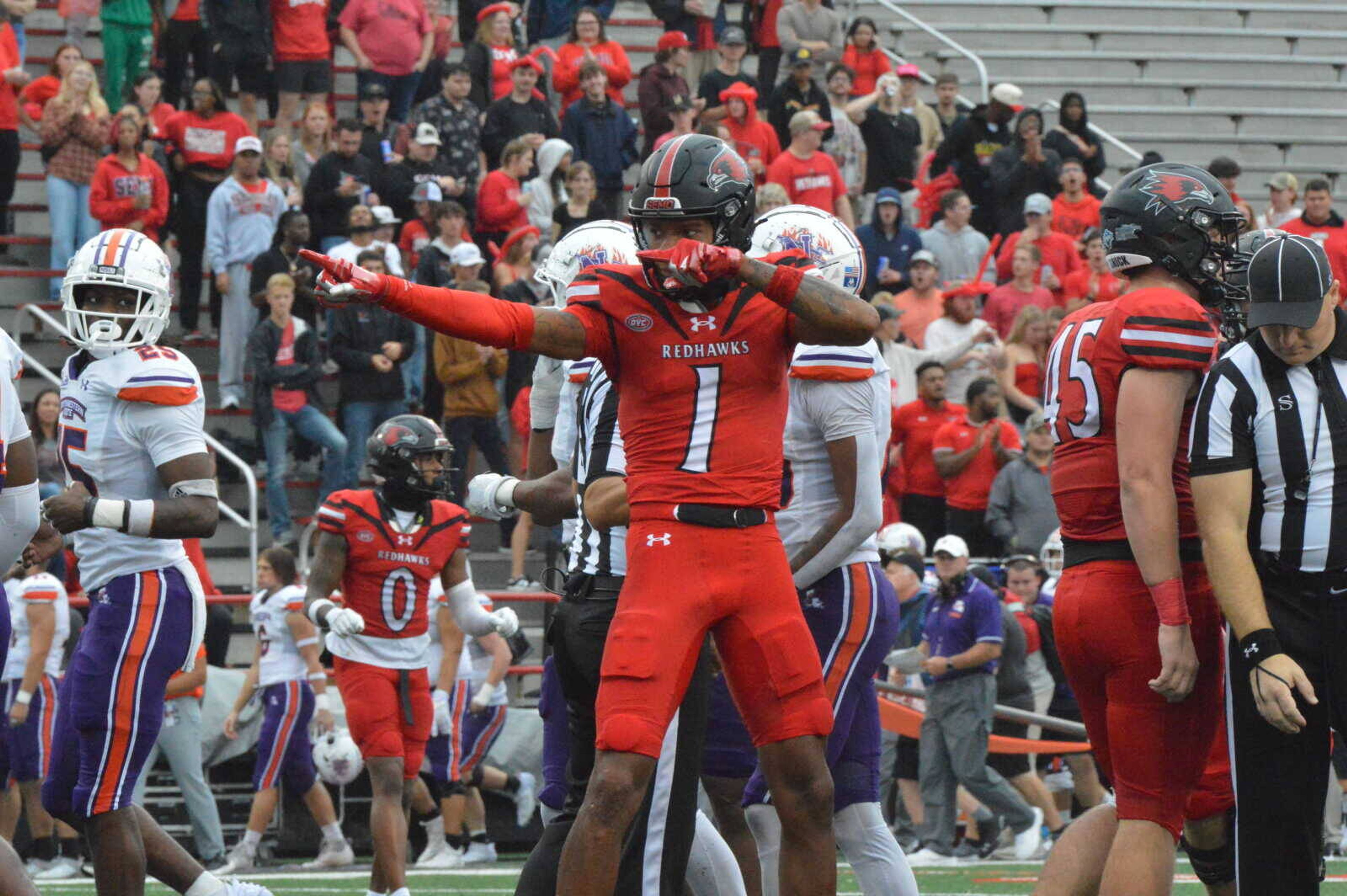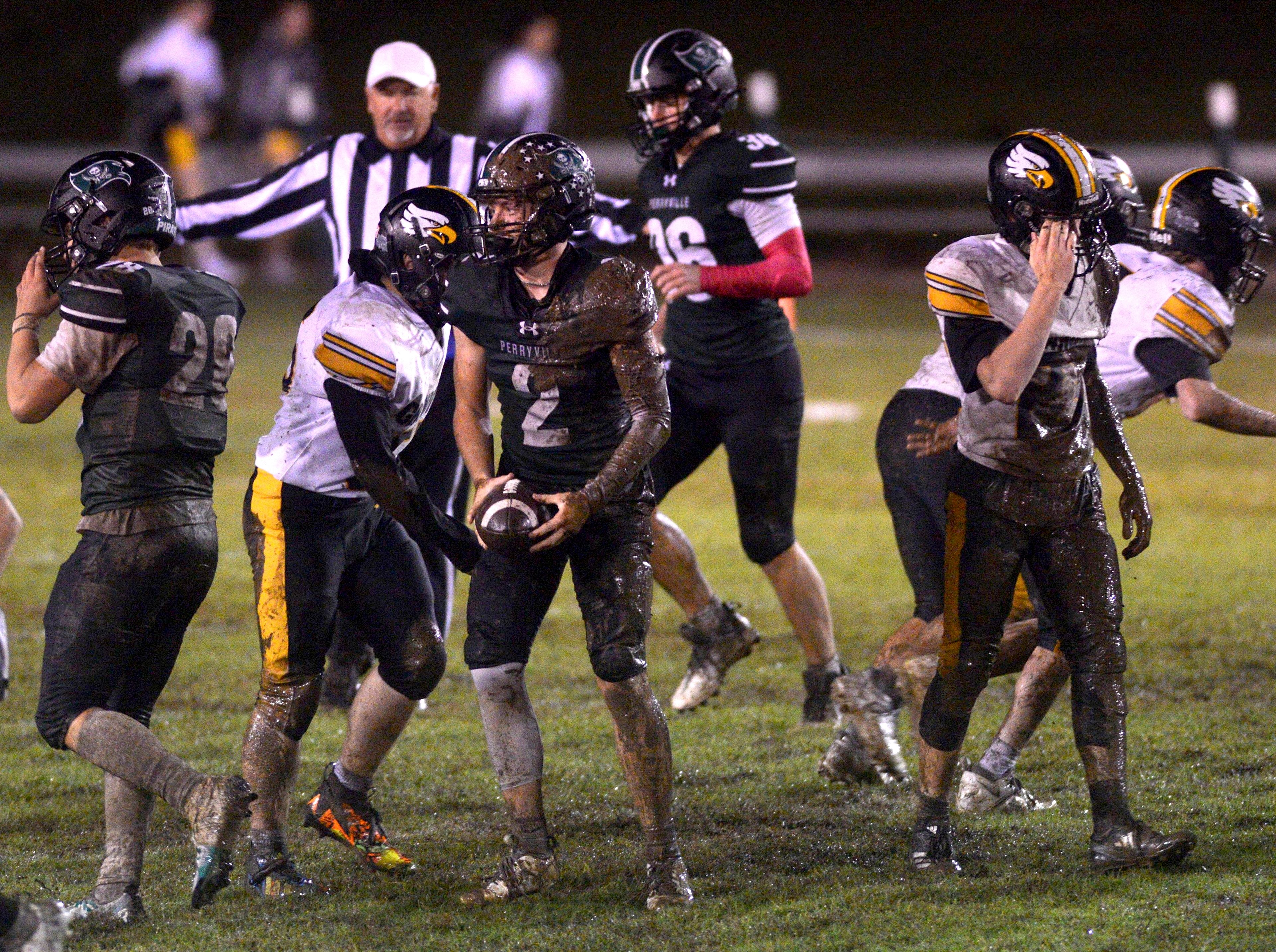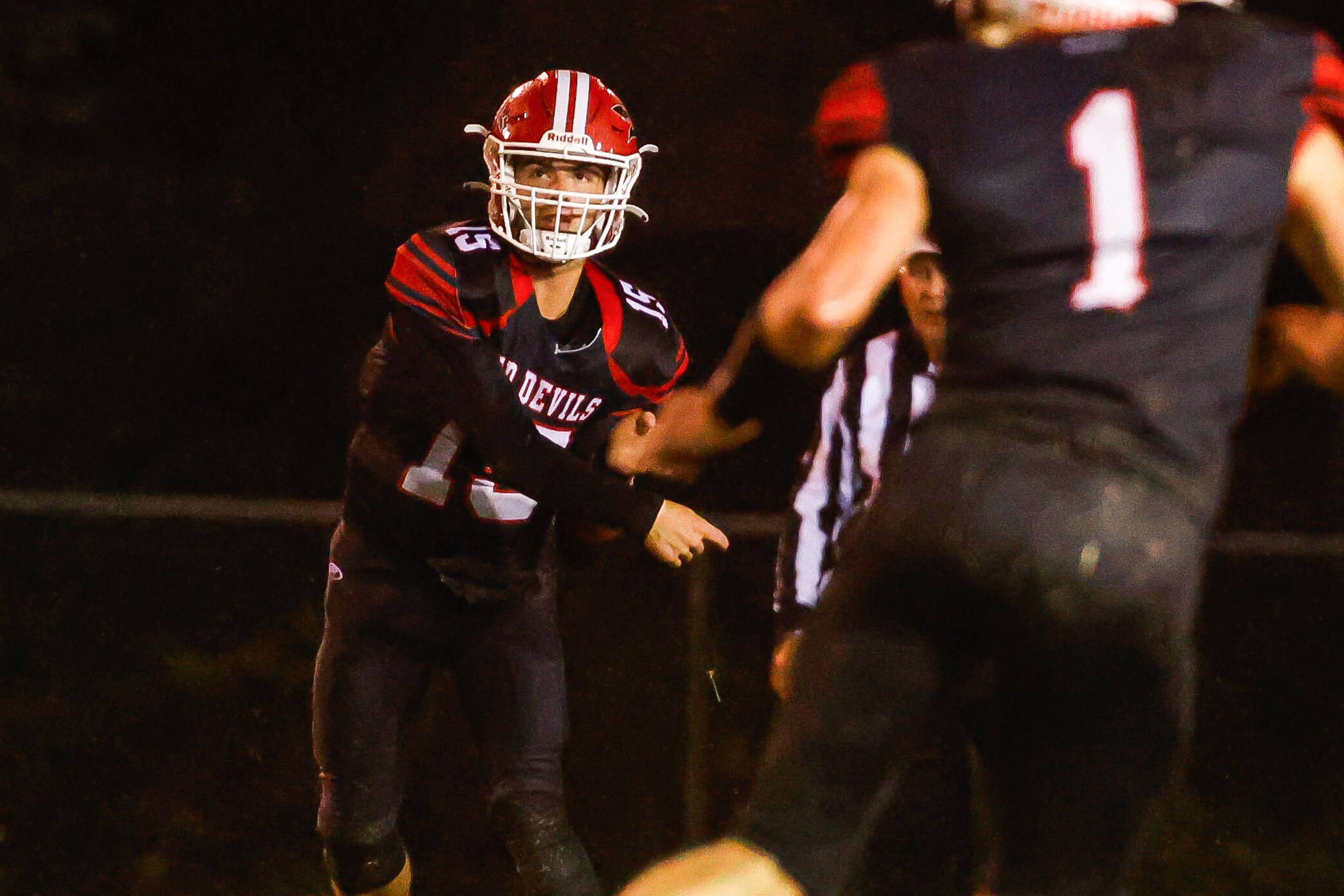FAYETTEVILLE, N.C. -- Omar Cook knew he had messed up.
Cook had left St. John's as a freshman and entered the NBA draft, becoming a second-round pick of the Denver Nuggets. He was cut in October, and signed with the Dallas Mavericks a month later.
But he arrived out of shape and didn't work hard enough once he got there -- a combination that forced the Mavs to cut him five weeks later.
That sent him to Fayetteville, where he plays in front of sparse crowds for blue-collar pay -- all to get back to the big time through the National Basketball Development League, the NBA's first-year minor league.
It doesn't matter that fewer than 1,900 people saw his 18-point, 19-assist effort in a win against the North Charleston (S.C.) Lowgators on Feb. 8. Cook and the rest of the NBDL players cling to one fact as tenaciously as they do their hoop dreams: The scouts are watching.
"Something always happens in the NBA -- guys get hurt," Cook said before the game. "A whole bunch of things happen and you know the first league that they're looking at is here.
"I think this is probably the best thing that ever happened to me."
Stars and non-stars
This league is made for guys like Cook, the has-beens and not-quites who are trying to turn dream into reality for $27,500 a year.
Many had stellar college careers or have spent time with NBA squads.
Asheville's Chris Carrawell was the 1999-2000 Atlantic Coast Conference player of the year while at Duke. His teammate on the Altitude, Jimmy King, was a member of Michigan's Fab Five in the early 1990s.
North Charleston's Makhtar Ndiaye played on two Final Four teams while at North Carolina. Teammate Terry Dehere was Seton Hall's all-time leading scorer and 3-point shooter.
With the league's eight teams pushing into the final weeks of their 56-game seasons, six NBDL players have signed NBA contracts as of Tuesday. Four were for the remainder of the season.
But Rob Levine, NBA senior vice president of new league development, said he hoped to see several NBDL players compete in NBA summer leagues and training camps heading into next season.
"I am very optimistic," Levine said. "I think it's a long-term project, a slow build, that is benefiting the NBA in so many ways. ...
"Not everybody is going to be an NBA player or star. But you can keep playing ball and we'll give you the opportunity."
Part of the draw is chasing that opportunity in the United States.
Terrell McIntyre, Cook's backcourt mate in Fayetteville, spent two seasons in Europe before signing with the NBDL. He was allocated to the Patriots because of his regional ties; he graduated from high school in nearby Raeford.
The 5-foot-9 guard was NBDL player of the month in January. He ranks among the league's leaders in four categories and owns the league single-game scoring record of 36 points in the win against the Lowgators.
"It was really a no-brainer," said McIntyre, who finished his career as one of Clemson's all-time scoring and assists leaders. "You get seen by NBA scouts every night. You weren't getting that kind of look overseas. The money was OK -- a lot better than here -- but the opportunity here is a lot better."
More than players
Players aren't the only ones getting a look. The NBA is also using the league to develop referees and front-office personnel.
Still, Levine points out, there's more to it than just shooting drills.
There's a continuing education program to help players complete unfinished coursework or pursue other opportunities. The league helps players find offseason jobs and internships. It pairs them with former pro players as mentors.
There's even career counseling -- complete with resume writing and interview skills -- to prepare them for life after basketball.
That life will come sooner than many players hoped.
"It's a very important part of what we do," Levine said.
As with any first-year venture, however, there have been growing pains, said Patriots coach Jeff Capel, the former Old Dominion coach.
Most of the travel is by bus -- a tiring prospect considering 650 miles separate the league's northernmost city -- Roanoke, Va. -- from its southernmost -- Mobile, Ala.
Building an audience
Attendance hasn't been quite what officials had hoped, averaging around 1,600 fans a night through mid-February. League officials hoped to average around 3,000, but lowered their expectations because of Sept. 11 and the economic slowdown.
The Patriots lead the league in attendance with an average of 2,060.
Levine said the numbers have steadily increased since the league opened in November, and that the average attendance for the weekend of Feb. 23-24 hovered around 3,000.
National or regional cable networks have broadcast games. ESPN2 has aired a behind-the-scenes series featuring the Lowgators.
It's a good start in a deliberate building effort.
"I did (expect this) and I expected more," said Alex English, a 15-year NBA veteran coaching the Lowgators. "I know this is the first year and I expect people to come out and support the league. I know that will happen. As we get further down the road and people start seeing us on ESPN, people will be more into what we're doing. It's a great product."
Connect with the Southeast Missourian Newsroom:
For corrections to this story or other insights for the editor, click here. To submit a letter to the editor, click here. To learn about the Southeast Missourian’s AI Policy, click here.
